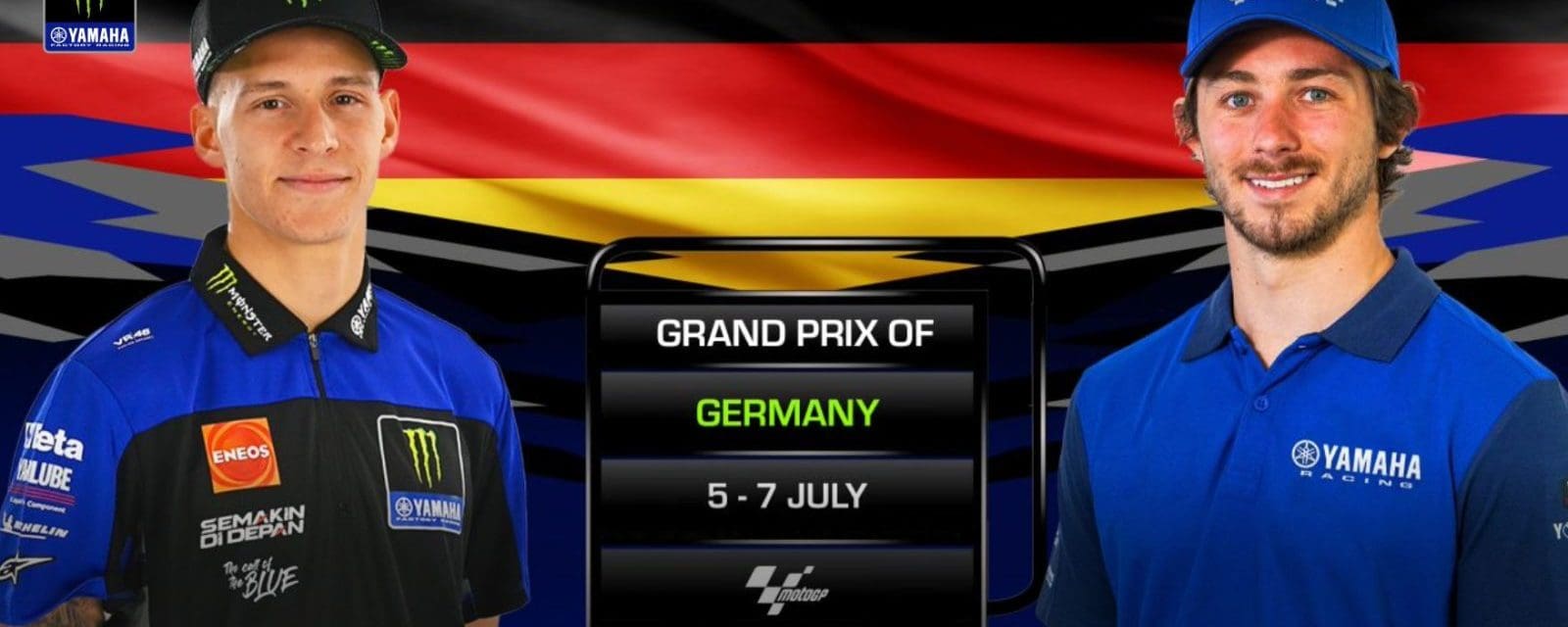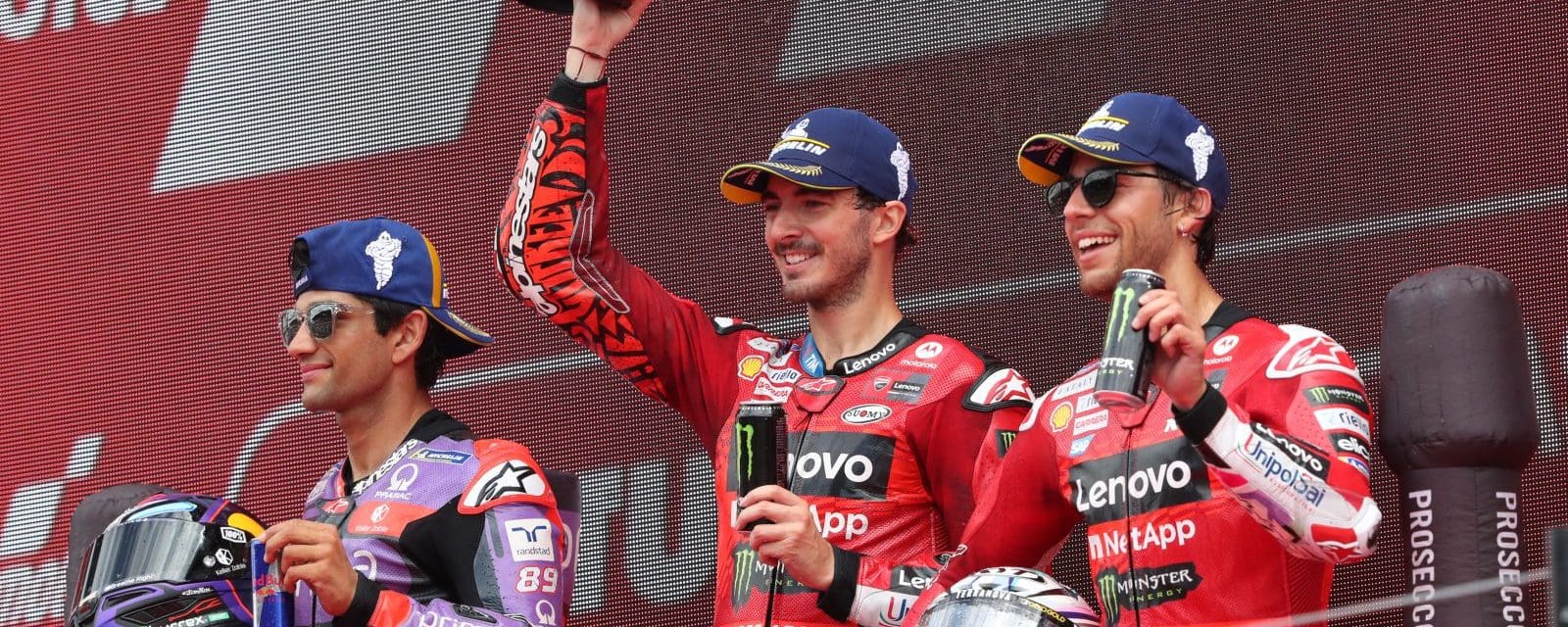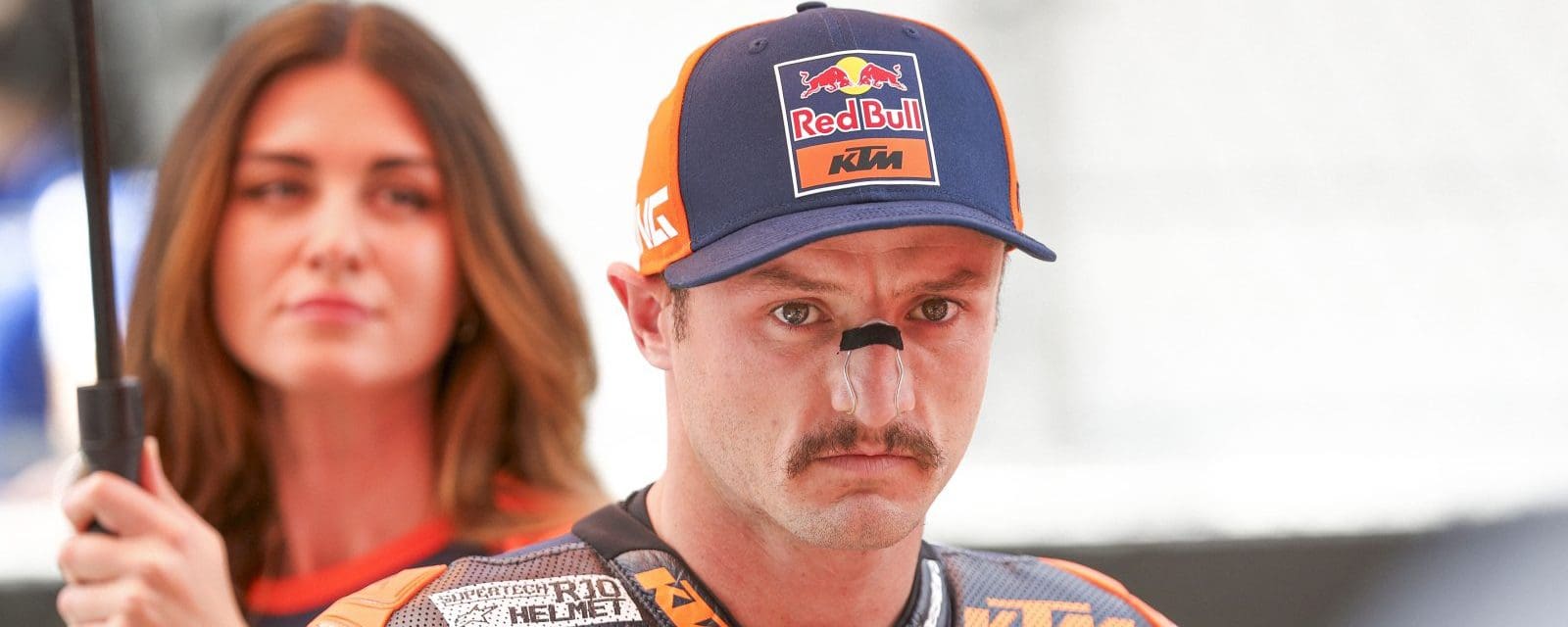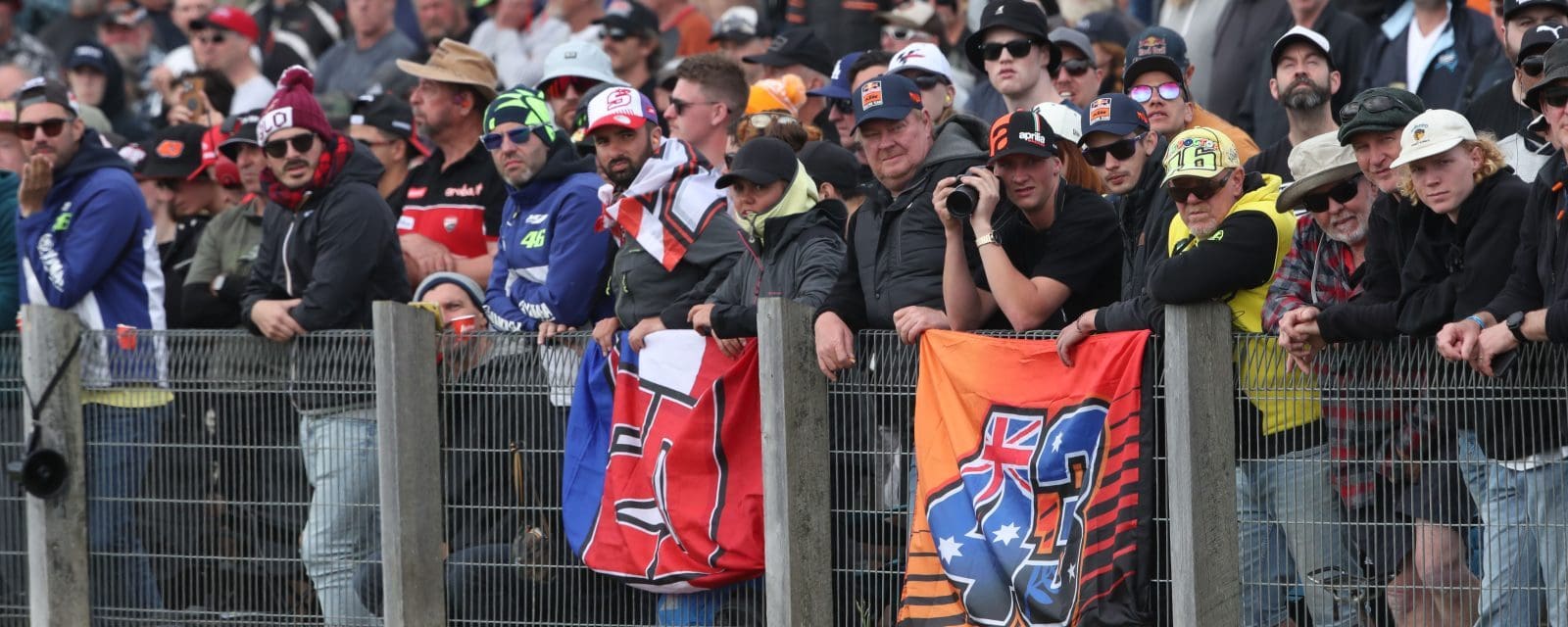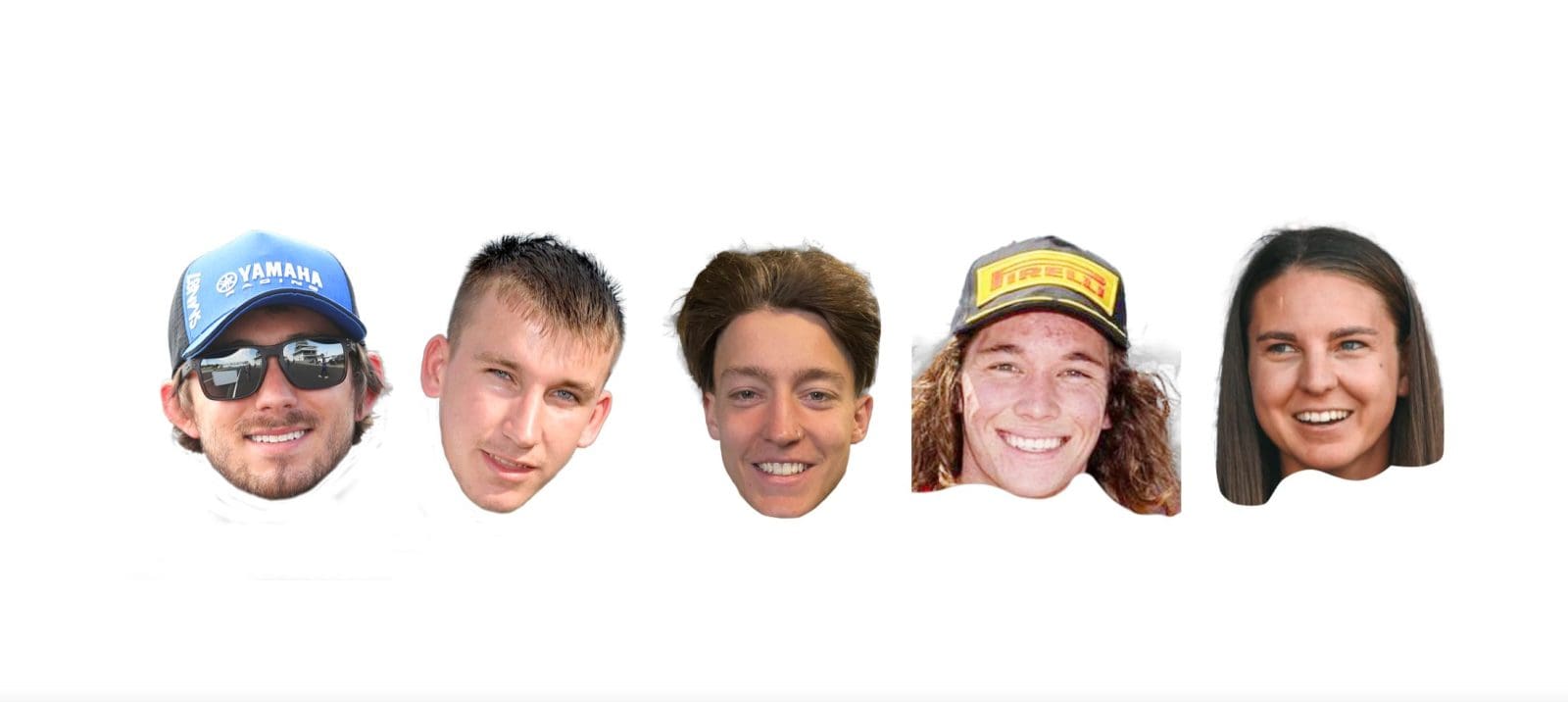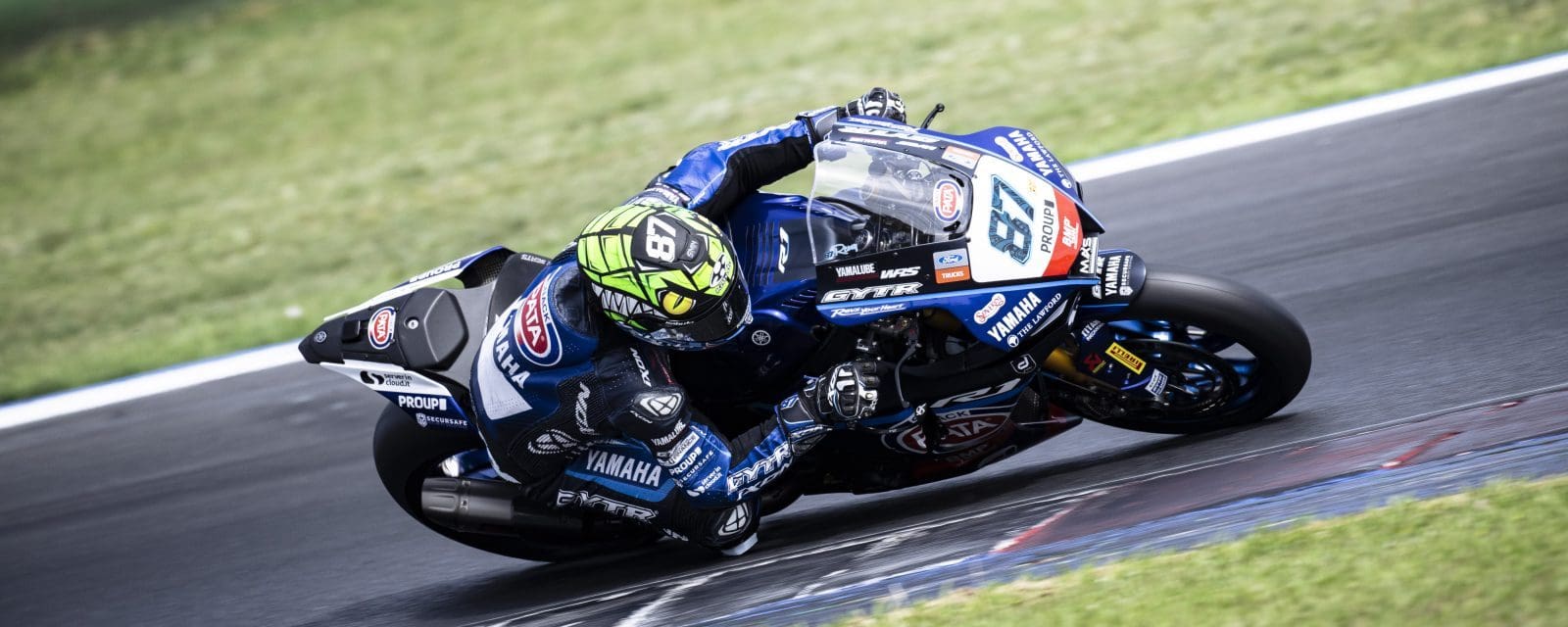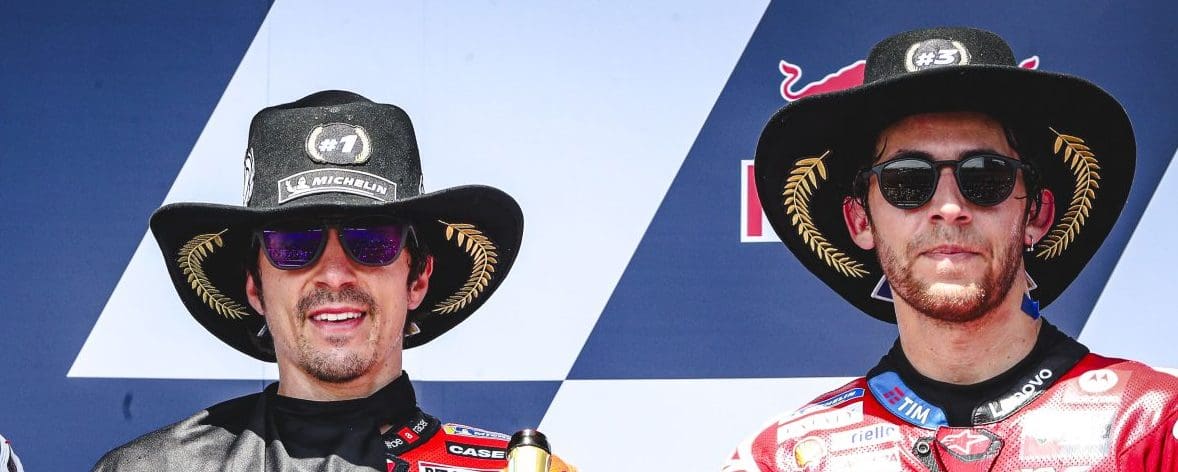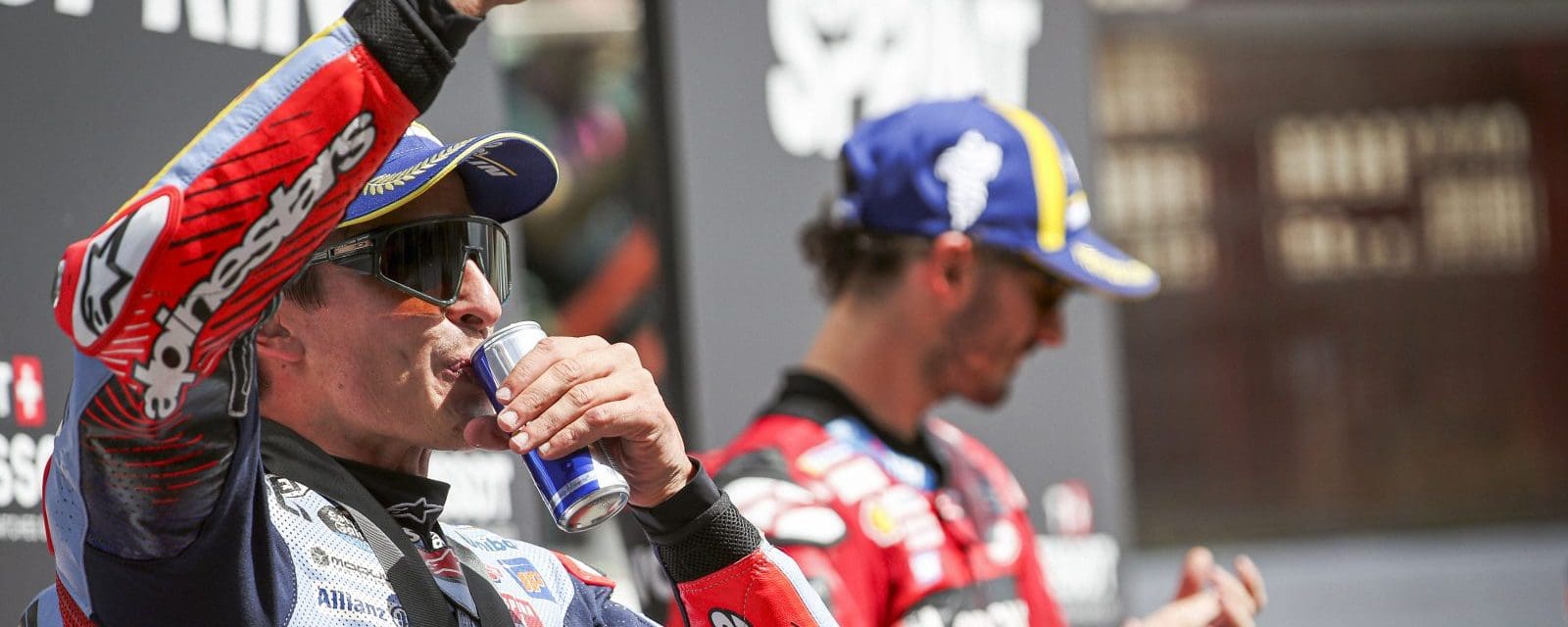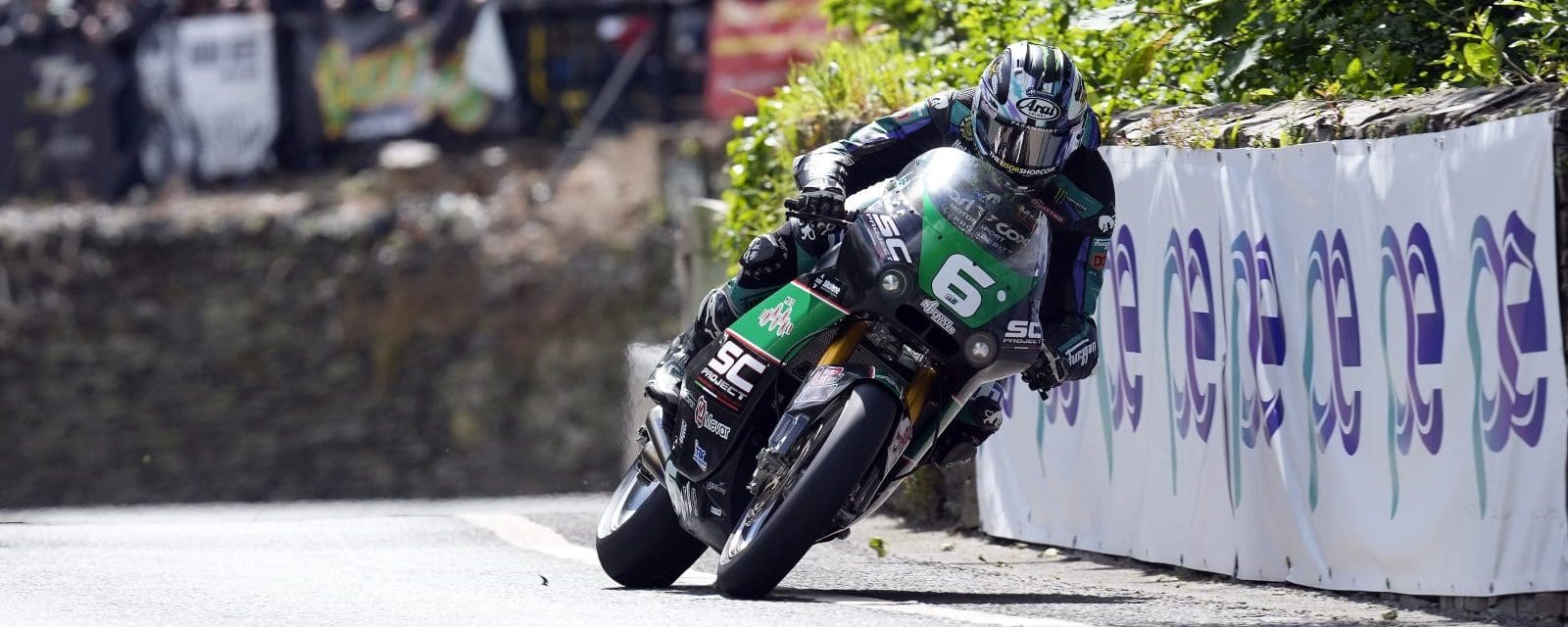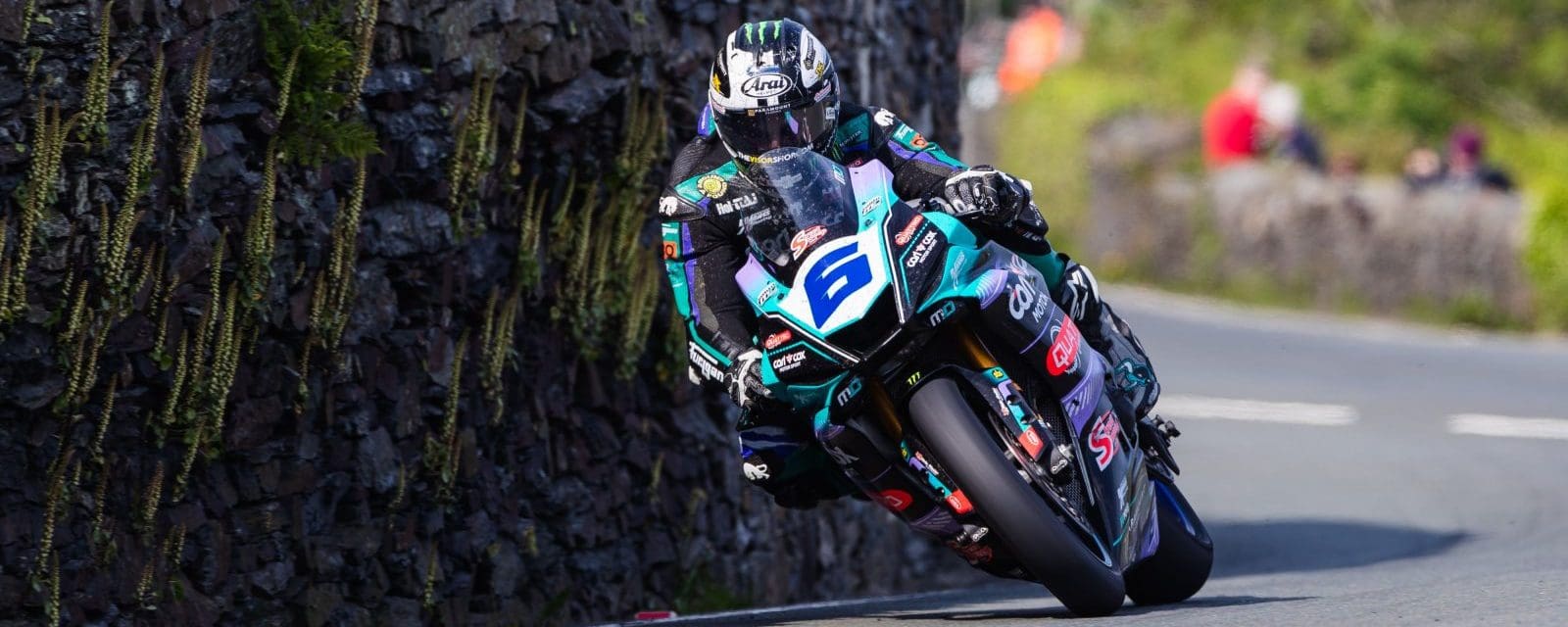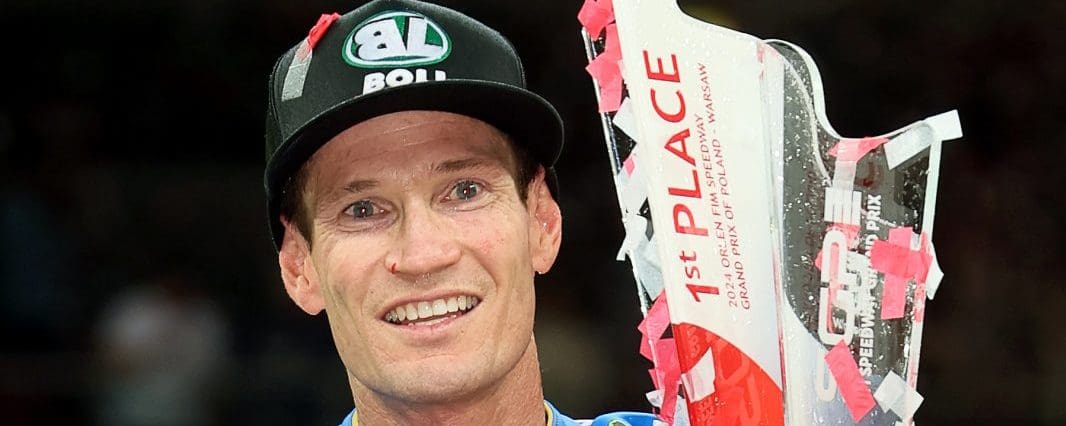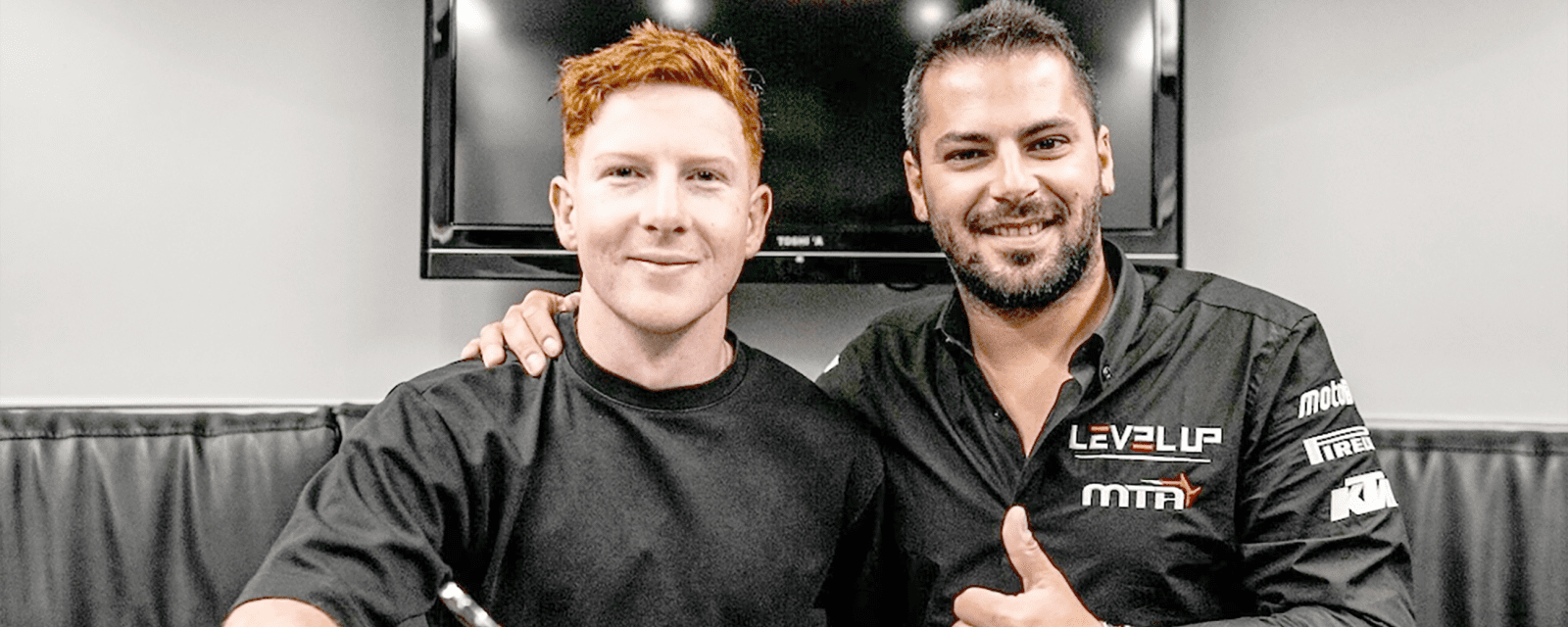So that’s it then. Jonathan Rea has joined the ranks of giants, stomping imperiously to a fourth successive World Superbike title after already breaking legend Carl Fogarty’s total of 59 wins. Rea now has 68 including the last nine in a row, with still four more races to go this year
With Welshman Chaz Davies his main title challenger, and Englishmen Tom Sykes (his teammate), plus podium-challenging Alex Lowes, Eugene Laverty and Leon Camier, the production bike series is still a very British affair.
But sadly for all of them, and for their rivals (many ex-MotoGP job-seekers, including next year’s new Ducati signing Alvaro Bautista) the other four-stroke series is starting to look increasingly isolated and more than slightly pointless.
There are still some universal truths.
One is that you can’t keep a good man down. Especially if you give him a good bike. Rea’s serial success started directly when he switched to Kawasaki – still the only major manufacturer that puts SBK and not MotoGP at the top of their racing agenda. Which is surely hugely significant. (He still had to ride the bike, mind you, serially beating his teammate in the process.)
Another is that you can’t keep a good bike down. Superbike’s new-ish owner Dorna has, among other wacky rules, introduced formal mechanical meddling to even out the competition – a sliding scale of rev limits, regularly adjusted. In this way all the others, including Honda, Yamaha and Ducati, received favour during the season. Rea’s Kawasaki still won.
There are some important questions too.
Mainly, what happened to the spectators? When four-times champ Fogarty was at his height, two British Superbike rounds each year were jammed with fans, while the British GP could hardly muster a quorum. Now it’s the opposite, in spite of a relatively tentative British MotoGP presence. It’s the same pretty much everywhere else in the world. Empty grandstands abound … and not just in Qatar.
Predictability can be boring, and Rea’s dominance hasn’t helped add to the tension. Rea would doubtless echo Mick Doohan’s comment when he was also winning almost every race: “What do you want me to do? Slow down?” It’s not his fault.
Funnily enough, his five-year reign coincided with a time when GP attendances were on the skids, while Superbikes were booming. Once again, can this be a coincidence? But there’s more too it than that.
Many would blame Dorna, since it now controls both series. They’ve certainly achieved a distance between them, with some barmy innovations. Like running the two races over two days, which – rather than making Saturday mean something, instead just dilutes the interest. And like punishing Saturday’s podium finishers by shoving them back to the third row of the grid.
More significantly, they have dumbed down the technical regs even more than in MotoGP, without really bringing the benefits of closer racing that the senior service has enjoyed. If Dorna wanted to kill off Superbikes, it’s doing a good job. Of course they don’t, but they’re casting around in outer darkness.
I like to think it’s a natural progression. When GP bikes were two-stroke prototypes, their only reason for existence was GP racing. They isolated themselves to death. Whether or not one man was doing all the winning. Greater forces were at play.
Dorna’s (and the industry’s) response was to switch the steeds. Rightly or wrongly, the two-strokes were buried, and MotoGP would echo the top of the range sportsbikes in the showrooms. Much to the discomfort of World Superbikes, which was already doing that.
Nowadays, street bikes are astonishingly close to MotoGP bikes. And vice versa. For example, Yamaha’s R1’s engine design, the cross-plane crank, was informed by MotoGP. The subsequent Superbike merely followed suit.
So WorldSBK had that right all along. It’ll be the death of them yet.
As appeared in AMCN magazine Vol 68 No 08
By Michael Scott
Photo GNG

